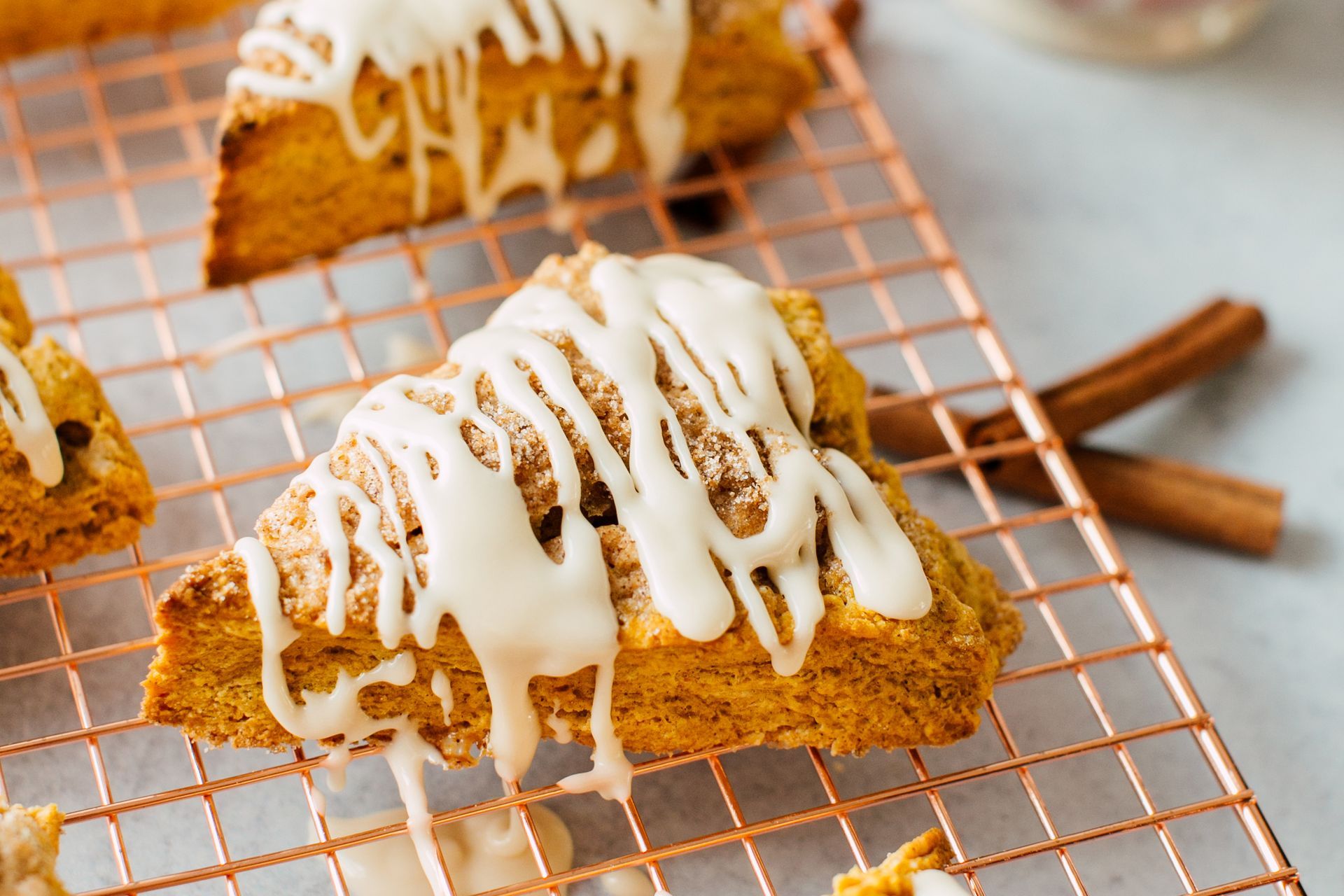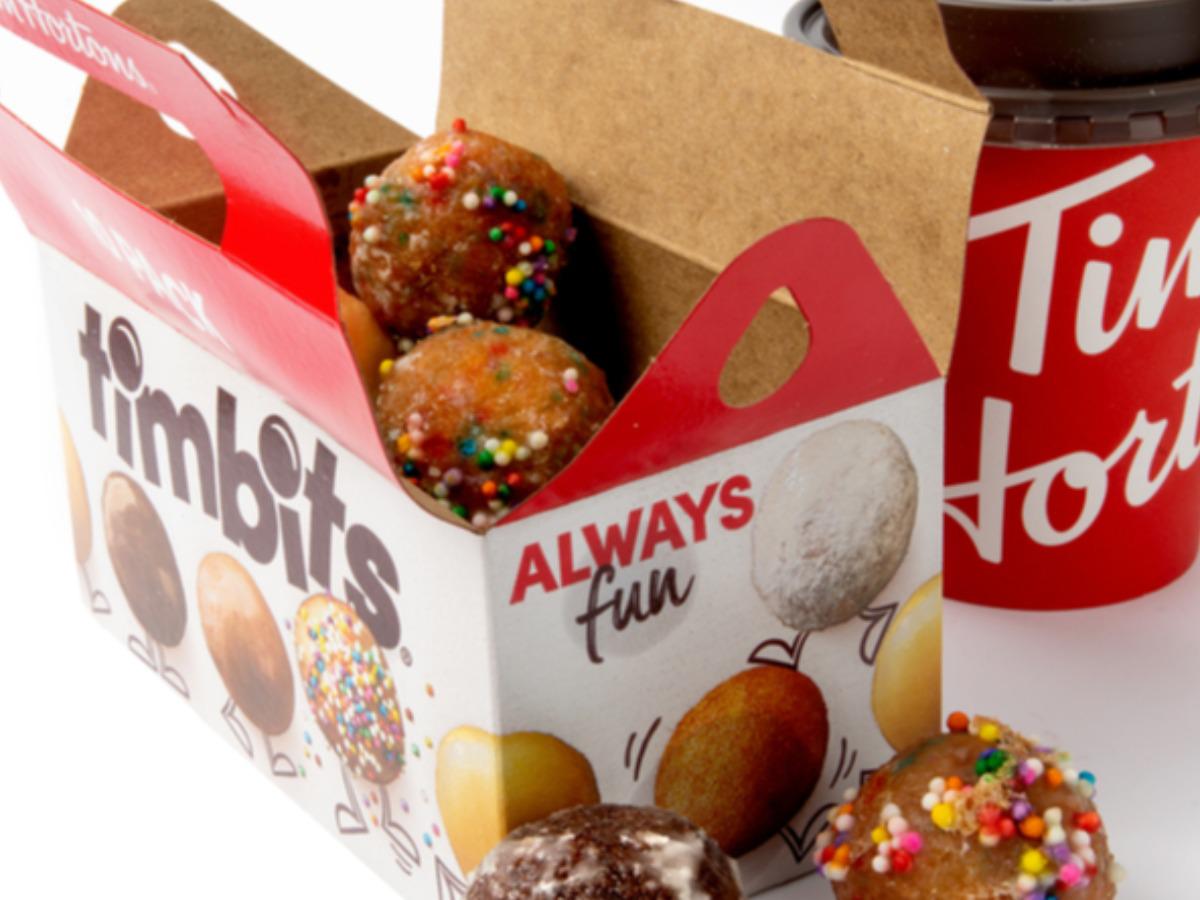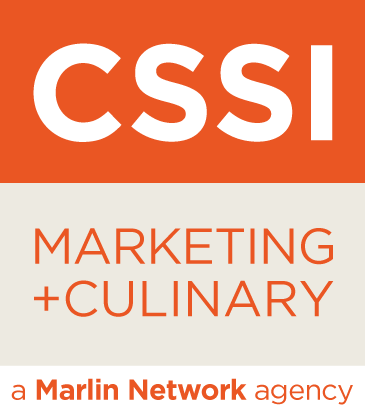Redirect to Retail
CSSI Staff Post - April 8, 2020
Most restaurants are feeling the effects of COVID-19 on their business. As many states have mandated that dining rooms close, restaurants that were not in the delivery or take-out business must quickly adjust—or make the hard decision to close their doors. Restaurants that already had a delivery or take-out model are not immune to the impacts of COVID-19, and many are seeing a decrease in their business, as well.
With restaurants closing and serving fewer customers overall, manufacturers have quickly seen a decrease in orders, requests to take back product and changes to volume forecasts. This has left many manufacturers to determine what to do with their manufacturing plants and employees.
One option is to move production volume for foodservice to retail product production. For some manufacturers, doing this is easier than it is for others. For instance, a manufacturer who already produces products for foodservice but in packaging that is conducive to retail (individual portions, bar codes/UPC, relations with retailers, etc.) is able to quickly adjust where to allocate product. The same applies to a manufacturer who produces the same products for retail and foodservice but in different pack sizes. They can now direct all of their product to retail packaging.
However, there are many manufacturers who produce products only for the foodservice channel and have no retail relations or packaging capabilities.
How can manufacturers get started if they want to allocate product into retail?
For manufacturers without an existing retail business, there are several factors to consider before going down the path or trying to redirect product to retail. Questions to ask include:
- Can you package products in portion sizes more conducive to retail? (5+ pounds is not typical for retail consumers)
- Do you have the ability to do inner packaging that has branding, product information, graphics, etc.?
- Do you have the ability to deliver products directly to retailers or DCs?
- Do you have the ability to put a barcode or UPC on inner packages?
- Is your product something that consumers desire and are accustomed to buying at a grocery store? [Example: Chicken batter (typical foodservice item) versus chicken or ground beef (typical retail item)
If a manufacturer is able to meet all or most of the criteria above, then pursuing a retail channel may be a good option. There are several ways to start these conversations:
- Determine if your company or team has any connections in the retail channel
- Ask if your supplier partners have relationships in the retail channel and, if so, if they would be willing to make an introduction
- Contact CSSI for direction and support
What are the benefits of redirecting product to retail?
Short-Term Benefits:
- Sell product that’s already been produced
- Keep production moving forward at manufacturing plants, keeping more staff employed
- Provide consumers with products that are in short supply and high demand
- Improve employee morale
Long-Term Benefits:
- Maintain employees
- Create new relationships in retail
- Ripple effects of continued production for essential workers (truck drivers, ingredient suppliers, restaurant industry workers) who are more likely to visit restaurants when outside the home
Thomas Talbert
VP, Culinary Marketing
VP, Culinary Marketing

March 1st, 2023 We’re thrilled to introduce the newest addition to our culinary family: Chef Steve Madonna. Formally trained in both Italy and the United States, as well as having worked for Wolfgang Puck, Chef Steve brings an extensive set of connections and culinary knowledge to our already stacked chef roster. Featured in this month’s issue is one of Chef Steve’s favorite recipes for making memories at home with your loved ones.

October 19, 2022 Pumpkin pie is a nostalgic menu item and my personal favorite when it comes to fall and winter menus, as it goes hand in hand with a traditional Thanksgiving or Christmas feast. We elevate the nostalgia by turning this must-have holiday dish into a clarified cocktail that leaves your taste buds as curious as your eyes. We get adventurous as we replace expected visual elements with an ice-cold glass of clarified liquors infused with pumpkin pie. This cocktail defies all visual expectations, while leaving your sense of smell and taste immersed in a seasonally nostalgic experience.

October 19, 2022 Canada is well known for many things. Hockey, snow, maple syrup, and a few other stereotypical but somewhat accurate concepts may immediately come to mind. What you may not know, though, is how invested we are in the snacks that we consume. Compared to the U.S., sure, we are no match for the quantity and variety offered in the land of the free, home of the snacks. However, what we know in our hearts is that Canada has a long-standing, tried-and-true, flawed, yet beloved top-notch snack game. I’m talking about comfort foods that have become so integrated and so established that they are classified as cult-favourites—and no, I did not spell favourites incorrectly. You are about to see a lot more of the letter “U” in this article. Sorry! The great Canadian snack game is easy enough to understand. You think of a flavour and either slap it on a potato or pair it with chocolate. Snacking has always been a huge part of Canadian food culture, but it is only going up from here. To put it lightly, the past few years have been tough on everyone around the world, and Canadians have chosen to increase their spending on snacks by 67% as an indulgence or, personally, as a coping mechanism. In no way, shape, or form am I claiming to be a culinary expert somehow employed in the field of Finance, but I have eaten a lot in my life and right now, I’m the best and/or only Canadian guide you’ve got. Let’s get into the details:


